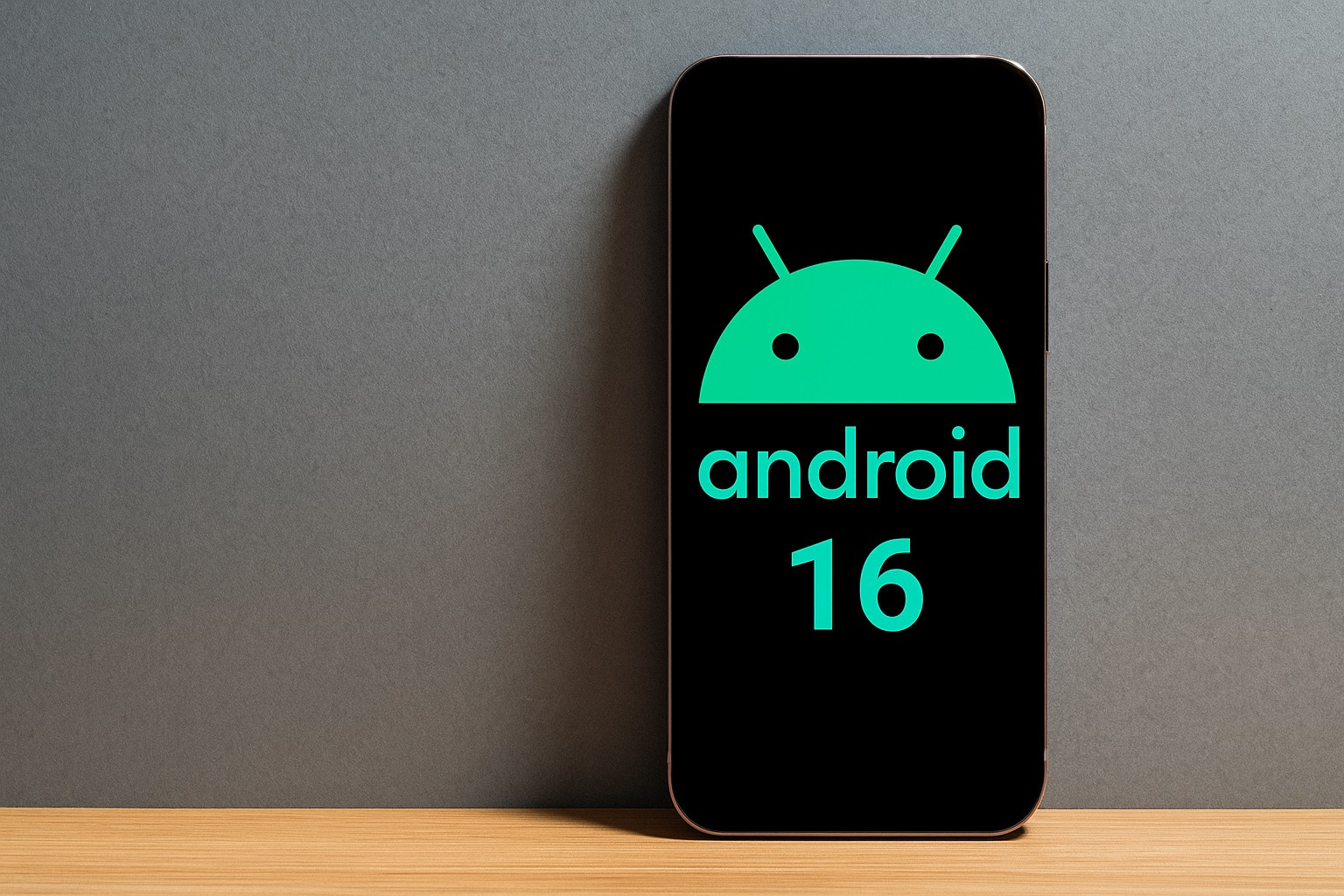- Google ha caricato il sorgente di Android 16 QPR1 sull’Android Open Source Project sotto il branch
android16-qpr1-release. [1] - Il rilascio arriva circa due mesi dopo l’inizio del rollout di QPR1 sui Pixel, un’attesa insolitamente lunga che ha frustrato i progetti ROM. [2]
- Il codice conferma le principali novità di QPR1 come Material 3 Expressive e il lavoro in corso su Desktop Mode—ora completamente ispezionabile dagli sviluppatori. [3]
- La tempistica segue da vicino il November 2025 Pixel Feature Drop, il che potrebbe spiegare la finestra di attesa. [4]
Cosa è successo oggi
Google ha pubblicato il sorgente completo di Android 16 QPR1 su AOSP. Puoi vedere la modifica ufficiale del manifest—“Update default revision to android16-qpr1-release”—nel repository platform/manifest, e il file aggiornato default.xml ora punta a quel branch per android-latest-release. [5]
Il rilascio è in linea con diversi report della stampa Android e della community di sviluppatori che segnalano che il codice di QPR1 è finalmente pubblico dopo settimane di attesa. [6]
Perché il rilascio è importante
Trasparenza & confronto: Con i sorgenti disponibili, i team possono confrontare frameworks/base, SystemUI, WindowManager e Shell per vedere ogni cambiamento comportamentale dall’uscita di Android 16 GA e dal rollout di QPR1. Questo è essenziale per gestire le regressioni, risolvere problemi di compatibilità delle app e validare le integrazioni OEM. [7]
Custom ROM: Progetti importanti come LineageOS hanno volutamente rimandato i build etichettati QPR1 perché non tutti i componenti erano disponibili. Il rilascio di oggi sblocca i rebases e dovrebbe accelerare i test build per i dispositivi più popolari. [8]
Verifica delle funzionalità: La fonte conferma il restyling visivo sotto Material 3 Expressive e i lavori in corso per la Modalità Desktop che sono apparsi durante tutte le beta di QPR1—ora completamente verificabili. [9]
Il ritardo—cosa è cambiato in questo ciclo?
Storicamente, Google pubblicava i nuovi rami Android su AOSP entro pochi giorni dal rilascio stabile. Con Android 16 QPR1, il codice è arrivato circa due mesi dopo che i Pixel hanno ricevuto l’aggiornamento—un’eccezione che ha lasciato i manutentori in attesa. [10]
Il Feature Drop di novembre 2025 per Pixel è arrivato ieri con nuove funzionalità assistite dall’IA; il codice sorgente QPR1 è apparso subito dopo. Questa sequenza ha alimentato ipotesi informate secondo cui Google volesse evitare di rivelare indizi su Feature Drop non ancora rilasciati nei repository pubblici. Google non ha fornito ufficialmente una motivazione tecnica, ma la tempistica coincide. [11]
Cosa c’è effettivamente in Android 16 QPR1
- Material 3 Expressive UI: Un rinnovamento visivo più ampio che coinvolge Quick Settings, notifiche ed elementi della schermata di blocco, ora esaminabili fino al livello di risorse e flag. [12]
- Progressi della Modalità Desktop: Fondamenta multi-finestra/multi-display più robuste che OEM e ROM possono esaminare in WindowManager/Shell per perfezionare finestre libere e comportamento della taskbar. [13]
- Rifinitura dell’ecosistema: Una serie di correzioni interne tipiche dei QPR che non aumentano i livelli SDK pubblici ma intervengono su servizi, policy SELinux, regole Soong e versioni APEX—ora tracciabili commit per commit. [14]
Come sincronizzare Android 16 QPR1 da AOSP
Google ora consiglia di seguire android-latest-release, che punta al ramo di rilascio più recente—oggi, è android16-qpr1-release. [15]
References
1. android.googlesource.com, 2. www.androidauthority.com, 3. www.androidauthority.com, 4. blog.google, 5. android.googlesource.com, 6. www.androidauthority.com, 7. www.androidauthority.com, 8. www.androidcentral.com, 9. www.theverge.com, 10. www.androidauthority.com, 11. blog.google, 12. www.theverge.com, 13. www.androidauthority.com, 14. www.androidauthority.com, 15. source.android.com
